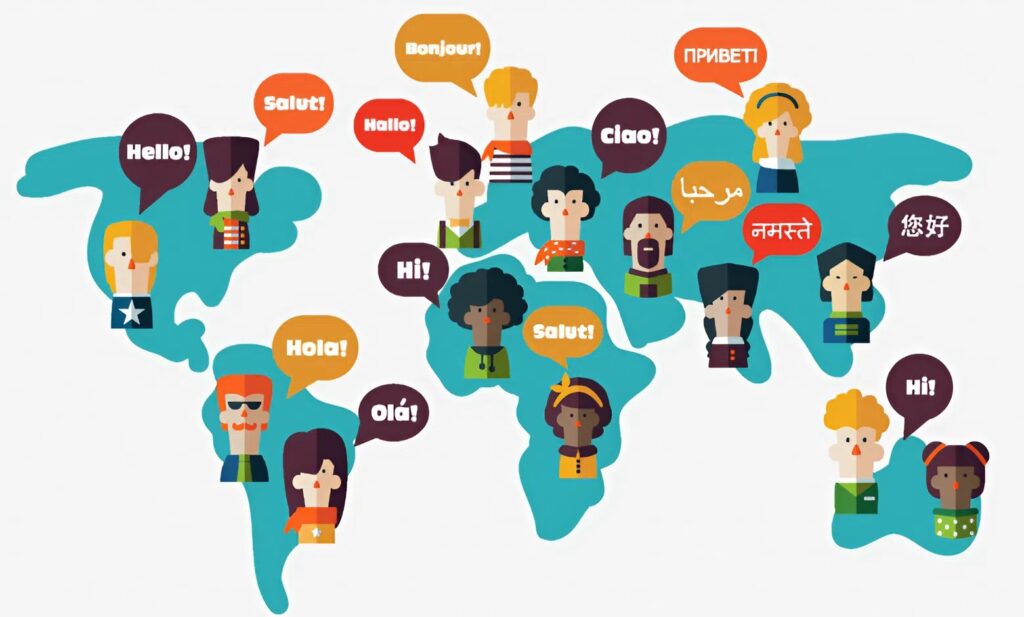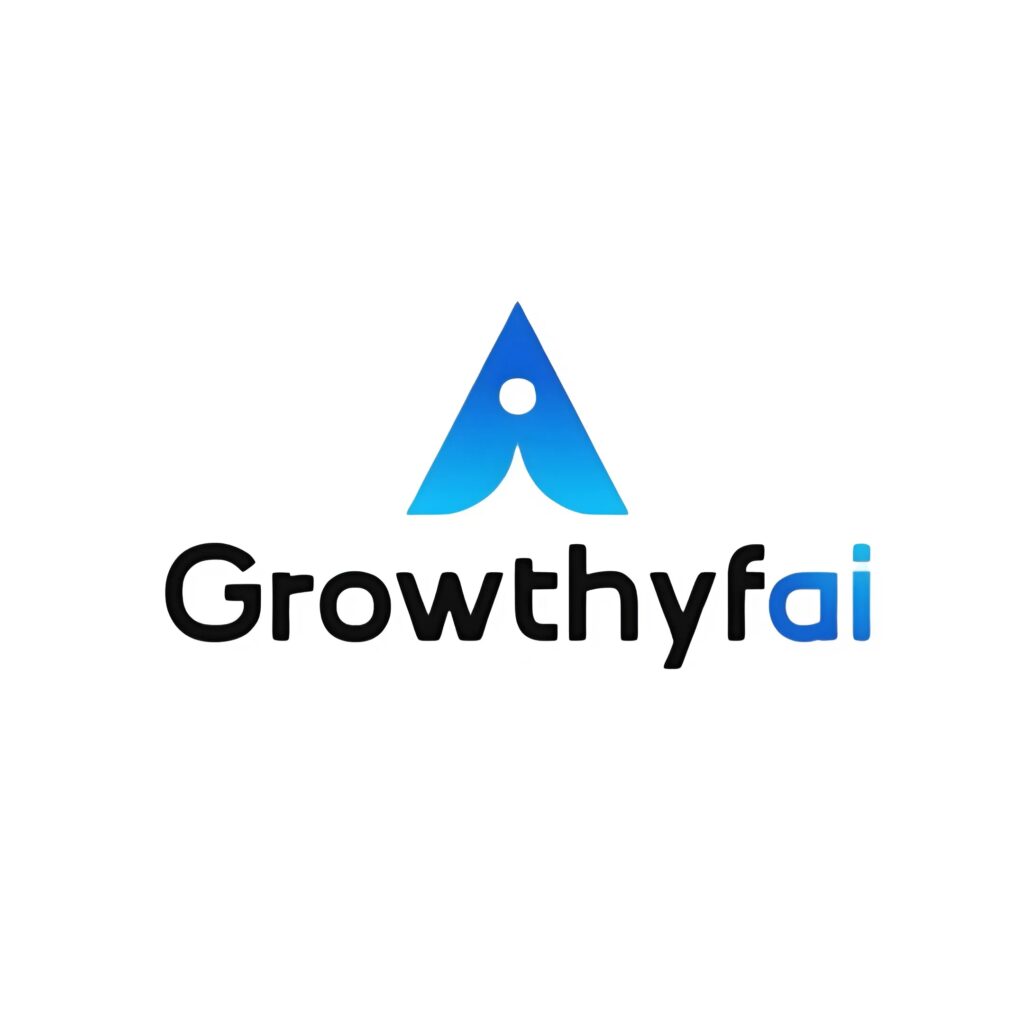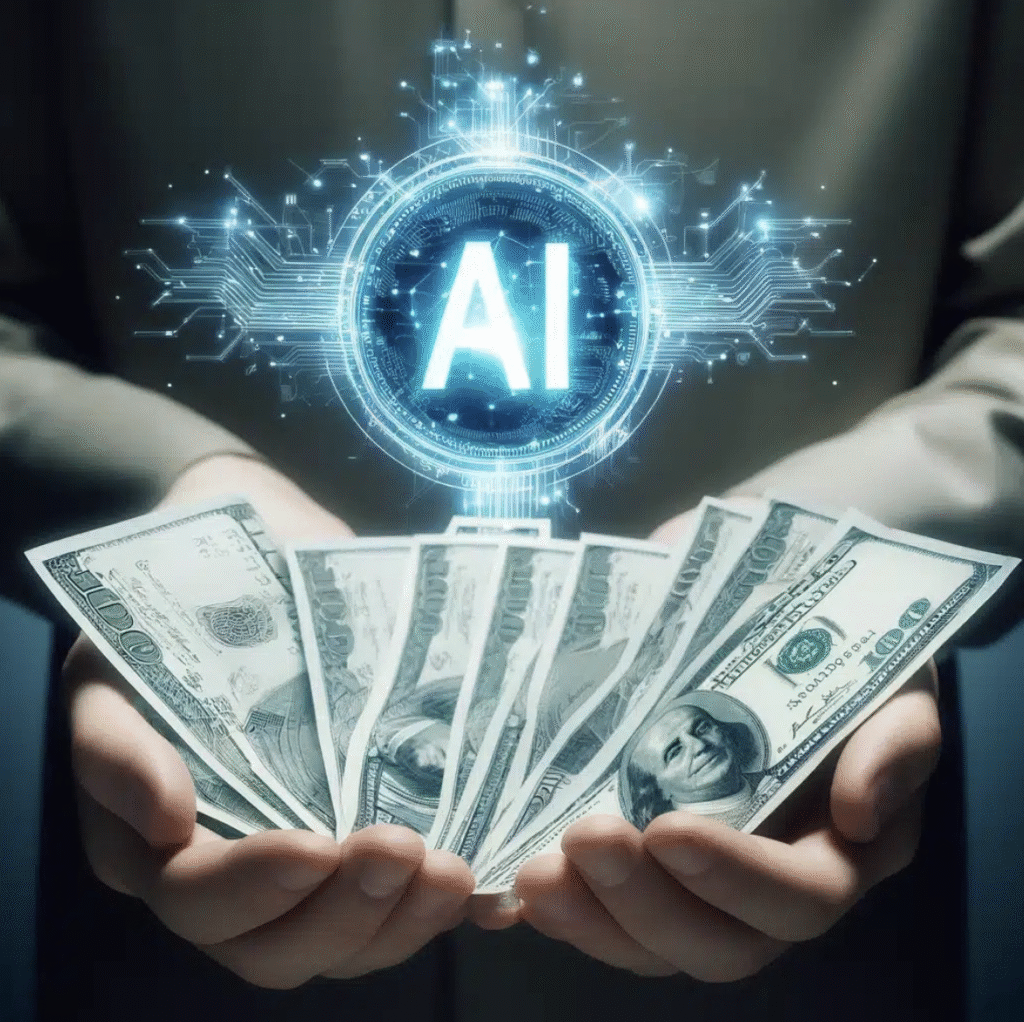Breakthrough AI Model Reads Ancient Scripts Declaring a New Era for Historians


In an age where artificial intelligence (AI) is revolutionizing countless sectors, from healthcare to finance, its impact on the field of history stands out for its potential to reshape our understanding of the past. The latest breakthrough AI model designed to read and interpret ancient scripts offers historians an unprecedented tool to bridge the gap to our distant ancestors. This breakthrough marks the beginning of a new era in historical research and is set to redefine how we perceive and interact with the stories written thousands of years ago.
The Challenge of Deciphering Ancient Texts
For centuries, languages such as Linear B, the Elamite script, and even undeciphered scripts like Linear A and Rongorongo have posed significant challenges for historians and linguists. These scripts often come with limited contextual understanding and incomplete records, stalling many researchers’ efforts to fully grasp the lives and narratives of ancient civilizations.
Traditionally, the deciphering of ancient scripts has relied heavily on a small circle of experts specializing in epigraphy, archaeology, and linguistics. This process can be painstakingly slow, requiring decades of careful analysis and often relying on possible interpretations rather than definitive translations. Furthermore, the lack of bilingual texts (similar to the Rosetta Stone which helped decode Egyptian hieroglyphs) often leaves much of these languages as mysterious puzzles for historians.
Harnessing the Power of AI in Historical Research
With the advent of AI, the landscape of historical research is transforming. The new AI model developed specifically to tackle ancient scripts holds the promise of accelerating the process of decipherment by learning from vast databases of recognized scripts and languages.
Machine learning allows the system to make connections between known and unknown data, attempting to identify patterns and meanings buried within ancient texts. By training on datasets containing documented scripts and modern translations, these AI models can deduce potential meanings and grammatical rules of undeciphered texts.
One major advantage of AI in this realm is its ability to handle enormous datasets and work with languages that have sparse documentation. By cross-referencing volumes of material at a scale impossible for humans to match, AI helps provide hypotheses and interpretation models that were previously beyond reach.
Examples of Successes in Decipherment
Several notable successes emphasize the potential of AI in deciphering ancient scripts. One such achievement involves the interpretation of the ancient Linear B script, a task that previously took decades for human researchers to accomplish. A specialized model could sift through the intricate patterns within the text to propose translations and understandings rapidly.
In parallel scenarios, AI has contributed significantly to understanding languages like the Akkadian cuneiform script. By leveraging neural networks, researchers have successfully translated new narratives of ancient Mesopotamian cultures, offering fresh insights into societal norms and practices.
Furthermore, AI assistance has advanced the research into other enigmatic scripts, including Proto-Elamite and Minoan symbols, by suggesting plausible links to other better-understood languages based on structural and contextual similarities. These strides exemplify how AI can serve as a catalyst in historical linguistics, making leaps in months that would have taken human researchers years.

Benefits for Historians and Society
For the first time, AI enables historians to explore the vast pools of undeciphered work with a fresh perspective, one unconstrained by the limitations of human cognition alone. Researchers can focus on corroborating AI-generated hypotheses or exploring entirely new historical narratives suggested by AI.
This technological leap does not simply enhance proficiency and efficiency among historians—it fundamentally democratizes the process of understanding our global heritage. The vast troves of unreadable ancient texts may contain key insights into human civilization’s evolution. From socio-economic structures to philosophical treatises, the potential knowledge gleaned from these texts could significantly influence modern fields such as economics, ethics, and governance.
The Future of AI in Historical Studies
The intersection of AI and historical studies is just beginning to unfold. With continued advances in AI technology and machine learning algorithms, historical researchers stand on the brink of a potential golden age of new discovery. Future developments in AI models may more deeply understand linguistic nuance, facial and contextual recognition, and even interpretive speculation based on incomplete fragments of text.
Moreover, as AI technology evolves, it will become increasingly adept at bridging interdisciplinary gaps, collaborating with fields such as anthropology and sociology to provide even more holistic views of ancient societies.
The maturation of AI as an interpretive tool promises a future where historians can reveal even more profound narratives about our collective past, thus empowering societies with a deeper understanding of their shared history and identity.
Conclusion: Declaring a New Era for Historians
The intriguing capabilities of this breakthrough AI model mark the beginning of a transformative phase in historical research. By accelerating the task of deciphering ancient scripts, AI technology offers historians far more than just a tool—it provides an opportunity to engage with history on an unprecedented scale. This convergence of AI prowess and human curiosity will indubitably lead to exciting revelations, propelling us toward a more nuanced understanding of the chronicles that have shaped our world and continue to influence the present and future. The journey into our past is, more than ever, poised for a renaissance of discovery, unraveling stories and knowledge once consigned to the echoes of ancient history.





